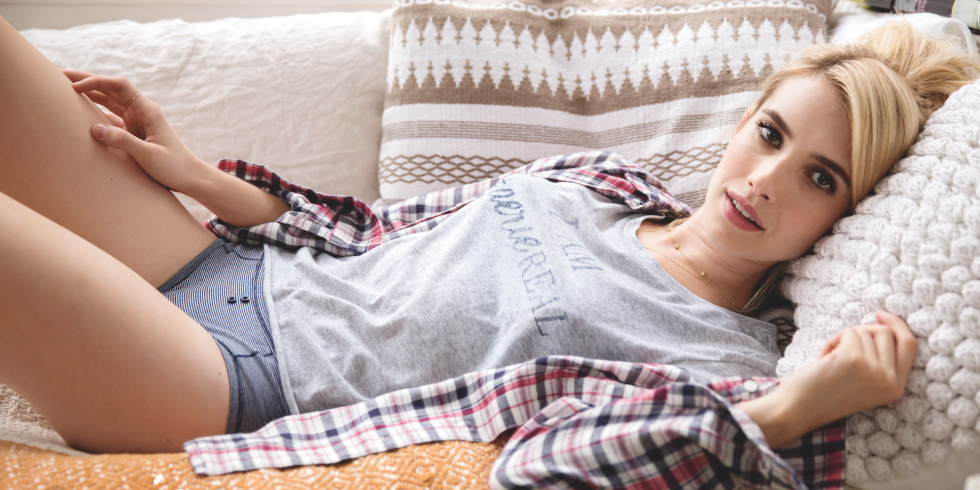
Helen has made videos about her weight and will sometimes bring it up casually during hauls. She is extremely body positive always telling her audience that if they are happy and healthy there is no issue with their weight. Helen is transparent when it comes to her weight journey saying that when she gets comfortable in her relationships she tends to over indulge in food, and that she has a slow metabolism which is quite agitating to her. Helen works out and even with that she has gotten some backlash. People think that by her working out she wants to be skinny and she is no longer their idea of what she should be. But she has said in videos that she was once a bit smaller than where she is now and she felt more comfortable at that size, and while she loves who she is, she enjoys working out because it makes her feel good.
Helen also loves fashion and one of the things that drew me to her was her "don't-give-a-fuck" attitude. She wears what she likes whether the fashion world tells her she should or not. She is loves crop tops and skinny jeans, big oversized jackets and skirts. Helen looks amazing in it all because she's happy, she's healthy, and she's being her beautiful unique self. I showed my mom one of Helen's lookbooks a couple years ago and she was so happy that someone was showing how beautiful you can be when you just love and accept yourself and your body.




















